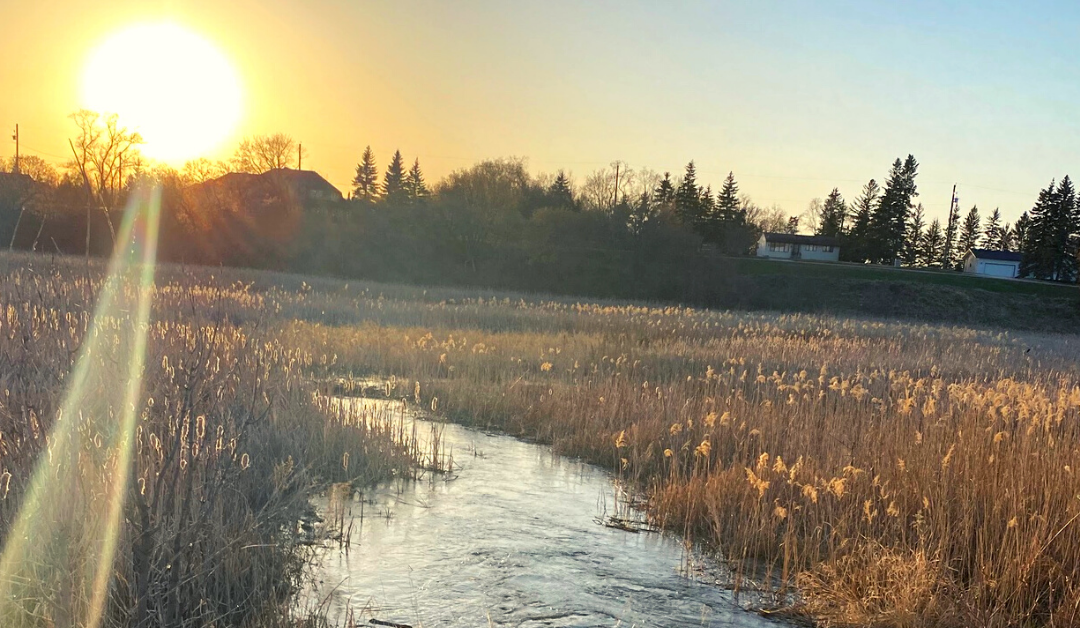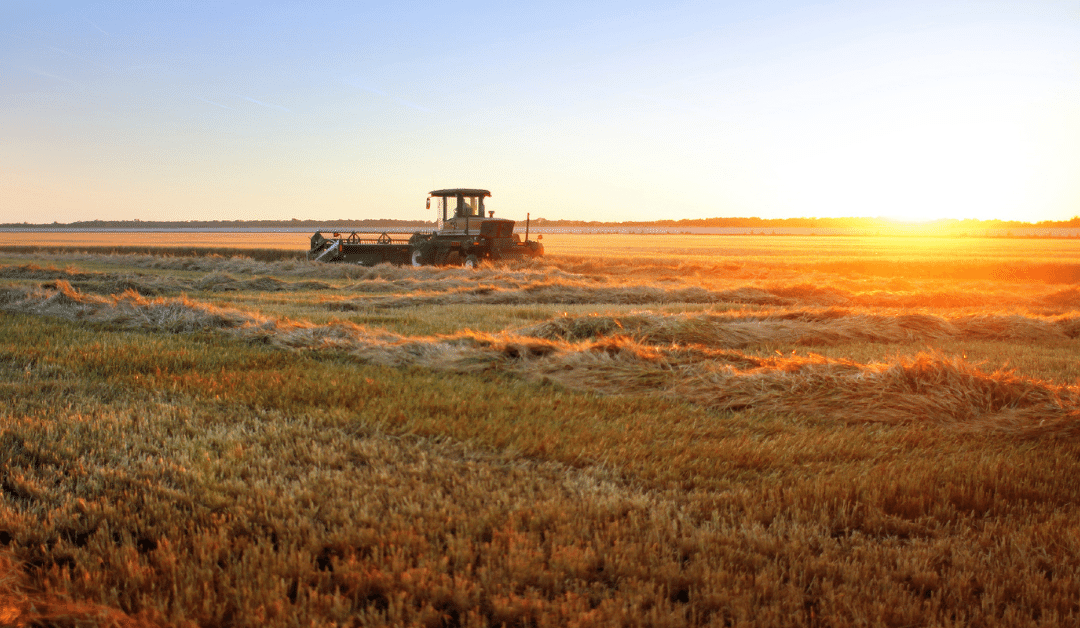“We must plan to bend, so to not break.” — Lisa Strychar, A Report on Resiliency for the Partnership of the Manitoba Capital Region.
What exactly is “resiliency” when it comes to Manitoba’s capital region?
As cliché as it may be to start a piece of writing off with a dictionary definition, it’s importance to explain the what before we get into the why.
To be resilient is to have the capacity to recover quickly from difficulties; knowing how to cope in spite of setbacks, barriers, or limited resources.
If you take an interest in our country’s economy, environmental initiatives, or recent conversations surrounding what life will be like after the COVID-19 pandemic, you’ve likely heard this term before. “Resilience” has become a popular concept in environmental studies, social sciences, and among policymakers, which is why we keep talking about it here!
When it comes to economic planning, resilience is defined as “the capacity of a system to regenerate itself after a particular shock and to recover rapidly to the previous level of growth or better.”
I don’t think I need to tell you that the COVID-19 pandemic was certainly an economic shock.
So, how do we ensure that Manitoba is a resilient region? Well, first we need to understand what makes a region resilient.
A “resilient” region is often associated with being an economically competitive region
…which means it has solid economic growth
…which means it sees an increase in the production of goods and services
…which means more people being employed
…which means more wealth for the region.
…which benefits everyone who lives in it!
However, environmental sustainability also plays a big part in regional resilience.
Why?
Because climate change is forcing us to adapt in totally different ways!
A study from the Valorius Programme, “Climate Change Expertise is a Money-Earner,” explains how climate-proofing a geological area is the perfect tool for local authorities that are developing a strategic planning agenda.
This publication—from Climate Spatial Planning Foundation and CKW Partners—included an Adaptation Balance Sheet, which showed some surprising discoveries.
“We ran one of the trials in the city of Amersfoort. The ‘additional benefits’ module showed that the property value of homes increased after introducing green roofs, urban water features, and other measures. This got the local authorities thinking about subsiding green roofs, something they’d rejected before because it was thought to be too expensive.” — project supervisor Cor Lont.
Another example is street flooding.
“Water system managers play a bigger role in preventing sewer overflows than expected. Once they know where the sewers are going to back up in the event of extreme rainfall, they can anticipate by reducing the water level locally in line with the rain forecast. They don’t need extra pumps or bigger sewer pipes in that case, which ends up saving huge costs for local authorities.”
Jobs, goods, green infrastructure; it’s all a part of what makes a region resilient.
So, why are we talking about this in Manitoba?
Well, in case you missed it, the Government of Manitoba recently announced it would be providing $15 million for disaster prevention and climate resilience projects in the Winnipeg Metro Region.
“We want to help municipalities with immediate projects that prevent damage from a future disaster year after year, rather than simply help them recover from any single incident. Municipal leaders in the Winnipeg Metropolitan Region have made a number of strong proposals for strengthening climate resilience on a regional basis and the Manitoba government is pleased to provide funds to help these projects come to life.”— Municipal Relations Minister Rochelle Squires.
These projects will build up local infrastructure that will better prepare municipalities to withstand the impacts of natural disasters and extreme weather events (like the previous flood example).
Some approved projects include
- improvements to drainage
- emergency backup power generation for essential utilities
- separation of a storm sewer system
- a water security upgrade to ensure adequate water supplies during periods of drought
- improvements to a regional emergency reporting system.
So, to bring it all home, why are we talking about resiliency? Well, the bottom line here is that being a resilient region means more jobs to be had, money in our pockets, less negative impacts on our environment, and a brighter future for our Manitoban children.
And in order to become a more resilient region, we need to work together. Individual municipalities cannot achieve these massive goals alone.
As our document A Report on Resiliency for the Partnership of the Manitoba Capital Region states,
“Resiliency is both an individual choice and a systems approach.
Individuals can make changes at the household level, but neighbours are stronger together, and towns are stronger as regions.
No one is resilient alone.”
This is why it’s so important to understand why we need to collaborate.










0 Comments